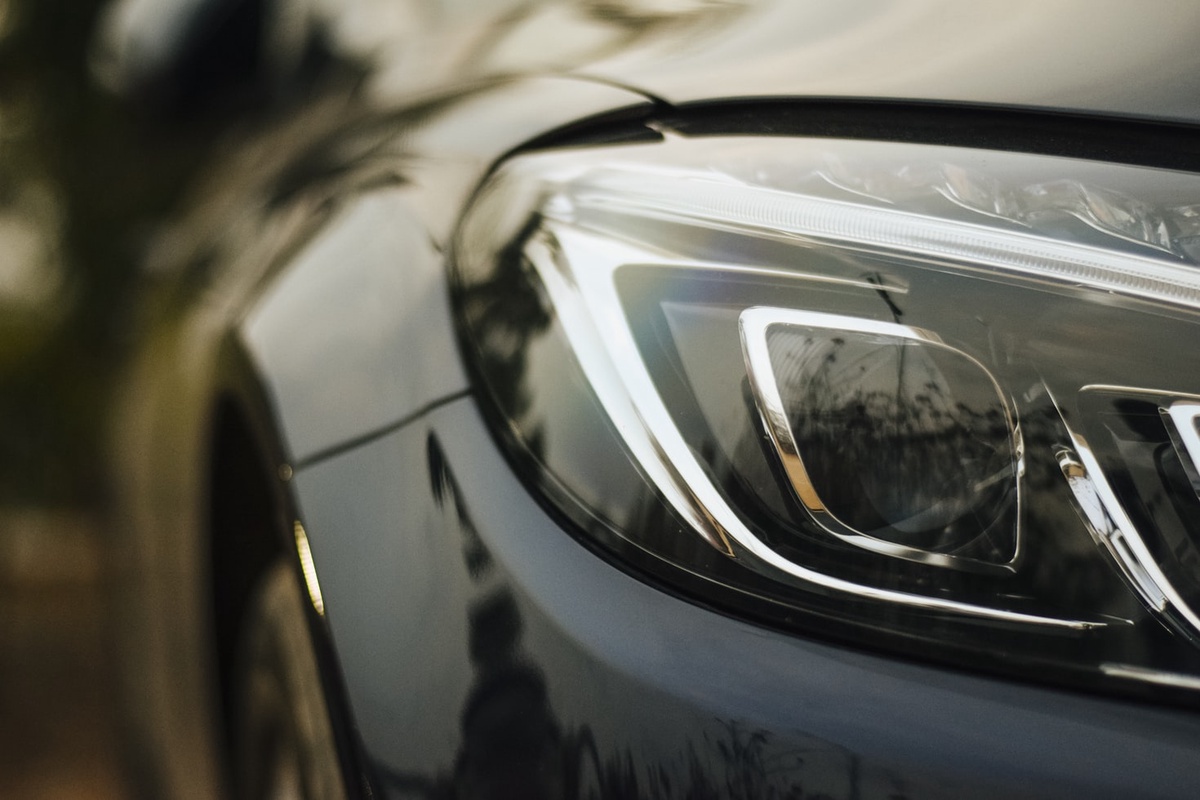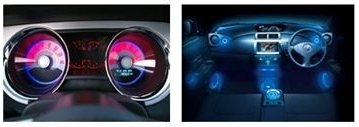In the current rapidly developing automobile lighting industry, the function of LED drivers is especially crucial.
Their roles are as follows:
Offer car manufacturers more efficient options for energy efficiency to meet the needs of consumers' energy efficiency requirements.
Increase visibility and security to decrease or eliminate the risk of accidents in traffic
Create a personal vehicle environment to ensure that consumers feel unique to their cars' styling expectations.
Driver Requirements for Automotive Lighting
LED is a device that alters its brightness in accordance with the current. The driver of LEDs ensures an even light output, by adjusting the output of an LED or the LED string. Every automotive lighting solution requires a unique drive design. Engineers must select the right LED drivers for particular applications in accordance with different needs for the highest efficiency of energy.
The criteria engineers use in determining which LED driver to choose are:
1. The total power of LEDs for each feature.
2. Electronic temperature of the environment.
3. The ability to alter the configuration of LEDs.
4. The power supply range offers the power supply configuration as well as a number of lights that can be powered.
5. The features of automatic dimming and color changing.
6. Supported fault detection and compliance in accordance with the safety standard.
In the future, lighting systems will have to meet the following requirements to satisfy the system requirements of carmakers:
1. Flexible hardware that can support various automotive applications and needs to be included.
2. There are several drivers that require the same module such as a high-pressure gas discharge lamp (HID) LED, a high-pressure gas discharge lamp (HID), and LED, for example.
3. As the drive adds more functions to the drive it is essential to think about improving the fault detection function.
4. The reliability of LED current control is enhanced by the performance that the driver has.
Automotive Lighting Innovation
Lighting applications for cars will increase both inside and out of the vehicle, and lighting systems will become increasingly widely used in all automobile segments. The growing market will also encourage more technological development in silicon.
Today's Automotive Interior Lighting
The lighting in modern cars mostly utilizes white LED drivers as well as RGB green, red and blue drivers that can be programmed.
The bright white LEDs are mostly employed in applications that require high luminosity, such as ceiling lighting, reading lights, or cargo bay light however they differ from traditional light bulbs. They can give the driver an inviting and warm atmosphere. The dimming slope properties allow for unique and distinctive designs and effects.
RGB White LED work together. Their growth can be influenced by the desire to enhance the personalization of automobiles. They can be programmed as internal lighting sources, which include special effects like the instrument panel center console, audio/naval area lighting, and ambient lighting. The accuracy of its color must be measured. A single LIN represents the RGB. RGB and is paired with dimming in the region and regional dimming, which are essential attributes to meet the needs of car manufacturers.
Today's Automotive Exterior Lighting-taillights
It could be from one LED in the past, to an opaque and uniform light bar today, and from an animated light bar into a blinking beacon the driver plays a crucial part in the development of taillights for cars. Apart from constant innovation in the design and appearance of the vehicle as well as improving the security factor. It supports the drop in voltage that causes start-stops and can adapt to changing lighting conditions. These are the essentials to meeting the energy-saving needs of both automakers and government agencies.
Today's Automotive Exterior Lighting--headlights
LED headlamps are often employed in daytime running light (DRL). The two most popular options are light-guide LEDs as well as LED strings. These DRL applications offer better visibility to cars coming towards them. Automakers also depend on the versatility of LEDs and drivers for LEDs to customize their automobiles.
The latest headlights in high-end cars are not restricted to DRL high beam, DRL, or low beam. Manufacturers of automobiles can also select models like LED turn signals or LED fog lights. They also have street spotlights with high speed. In addition, they can also use headlight systems that combine LED and HID options and, in the future, full LED lighting. In line with the trend towards being more individualized safe and efficient in energy use, the first thing is needed to be considered is making the platform more modular. This could provide car makers with various innovations.
In terms of price, advanced lighting systems cost more than conventional lighting systems however they can be reduced in function in a way and are ideal for vehicles with lower costs. Additionally, they have the capacity to scale. It is able to be expanded to fit in various kinds of cars, as required.
Future Automotive Lighting Solutions - Pixel/Matrix Headlights
Moving away from motor control to using pixel/matrix headlights is a significant development in the field of lighting for cars in the near future. It is not just the modular design of a platform system however, it also offers many advantages over the current headlights. It improves the appearance of the car with a modern and high-tech design and allows for up to 50% of to 90% or more of the use of static glare-free high beams. Additionally, it is able to adjust the system's lighting according to the surroundings and the oncoming vehicles, giving drivers better visibility in all conditions. The use of LED technology is more secure and safer.
Conclusion
The market for lighting in the automotive sector will continue to demand driver combinations. From simple, discrete systems to systems that combine technology, they offer greater possibilities for automobile design. While doing so will improve efficiency and safety while driving. Pixel/matrix headlights will be the primary direction for headlights in the near future.



No comments yet